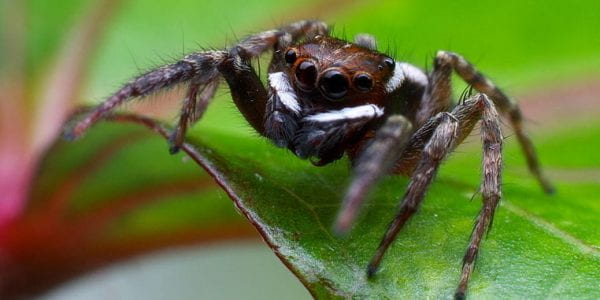After listening to Dr Coleman’s lecture on biodiversity loss and extinction this week, it got me thinking, once again (I seem to talk a lot about it), about wildlife conservation. If proper conservation efforts are put in place, would it be sufficient to save threatened and data deficient species from extinction? There would be no concern for funding, space, manpower and knowledge, you get what you need, and most importantly, everyone cares for the species. I believe that not all but most species can be saved as this depends on the factors that drive the species into extinction. If this factor does not change or react quickly to the conservation efforts and takes a long time to revert to the pre-industrial levels, then there is probably no saving this species. A system with such properties would be the climate and the change that will continue to occur is global warming. Should nations do the best they can to prevent greenhouse gas emissions, it is still likely that temperatures will rise [1].
When I think of global warming and climate change, I think of forests, oceans, deserts, and the Poles as the change brought about to them are most visible, even so from space. However, there are environments that exist beneath our feet, underground caves. Cave systems are unique and quite similar to the depths of the ocean. Perpetually dark and cold, and teeming with life. Some beetles, salamanders, mites, plants, fungi, fish, and of course, spiders live in caves all their life, and are known as Troglobites [2]. As you can guess, they have adapted special traits to keep themselves alive.
Like everything on our plant, troglobites are also affected by global warming as their caves warm up. However, they do not warm up as quickly as terrestrial environments and neither do they vary as much, not even in the deepest parts of the cave [3]. As a result of this harsh environment and a somewhat constant temperature, the troglobites have evolved to be less tolerant to temperature changes [3]. A simulation of troglobite spiders, troglohyphantes, and a warming cave environment was created, it showed that warmer areas will have fewer spiders, and the researchers concluded that “climate change may drive cave spiders to extinction” [3].

Spiders in Zahnd Cave bywrcochran licensed under CC BY-NC-ND 2.0
Why do I think some species will do extinct even with the best wildlife conservation efforts? Due to the unique nature of the cave system, taking these species out of the environment for captive breeding might not work out as the cave systems and the troglobites are not yet properly understood. Leaving them in the cave with the unstoppable rising temperatures would inevitably kill of most of them too. Even though we don’t know if doing anything can save such species, we know that doing nothing will not.
Reference:
- Global warming of 1.5. (2018). IPCC. https://report.ipcc.ch/sr15/pdf/sr15_spm_final.pdf
And also Dr Coleman’s week 5 slides
- https://www.nps.gov/ozar/learn/education/cave-biology.htm#:~:text=Animals%20that%20have%20completely%20adapted,some%20cave%20salamanders%20and%20insects.&text=What%20animal%20can%20fly%20with,Your%20friendly%20neighborhood%20bat.
- Mammola S, Goodacre SL, Isaia M. Climate change may drive cave spiders to extinction. Ecography (Copenhagen). 2018;41(1):233-43.
- Featured image by Ksenia Kudelkina in Unsplash

